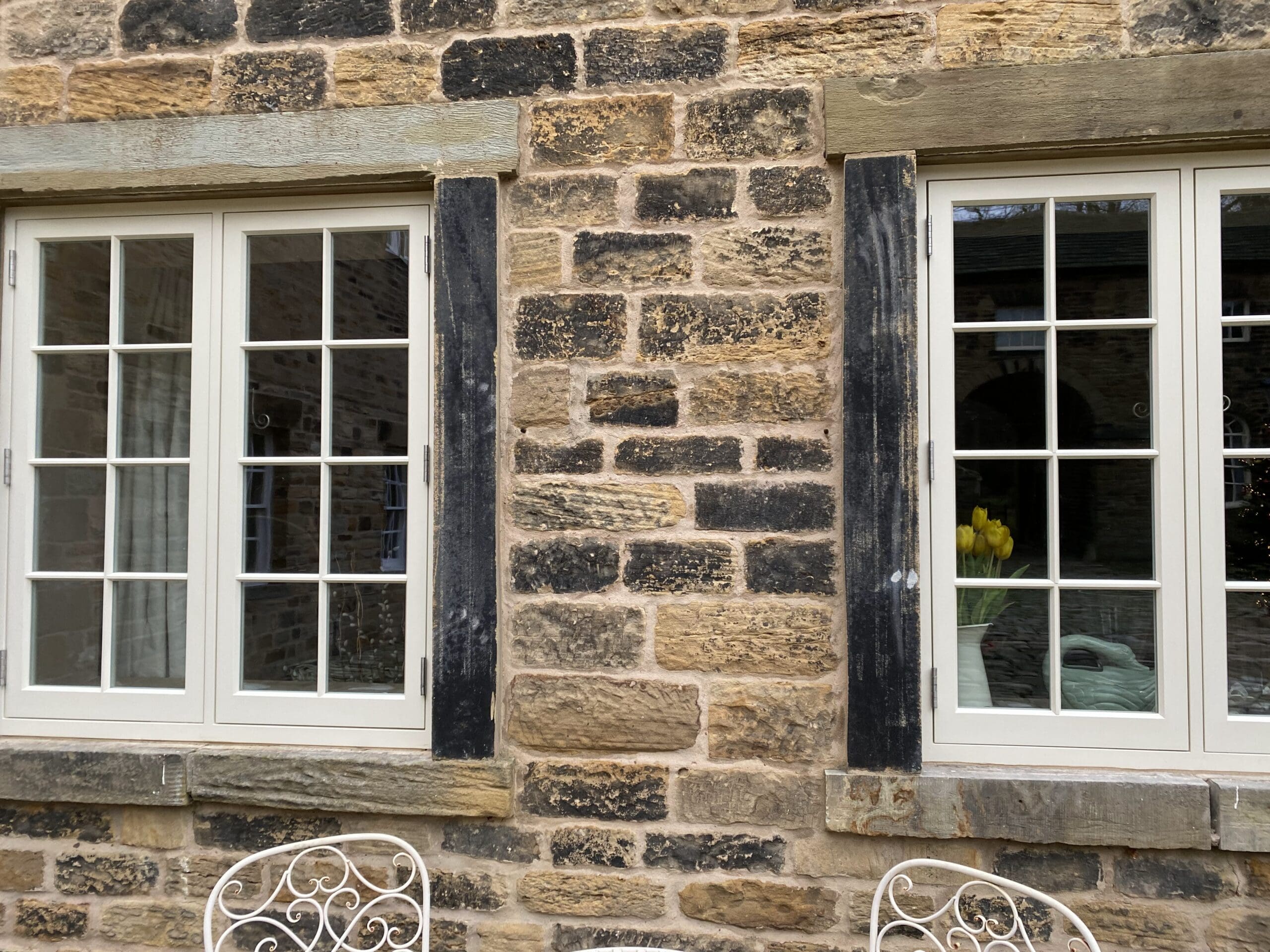
Quirks of Vacuum Glazing
The manufacturing process of Vacuum glazing technology is very different to traditional single glazing and to double glazing units which […]
The manufacturing process of Vacuum glazing technology is very different to traditional single glazing and to double glazing units which are widely in the marketplace. This can lead to some common visual effects:
Distortion in the sheet glass.
LandVac is toughened glass as standard. Like all toughened glass it can display unevenness due to the processing. This can be in the form of Anisotropy, Roller Wave, Newton’s Rings or Brewster’s Fringes, and these effects are all widely known and described on the web.
In vacuum glazing, the internal spacers can also lead to some optical distortion, as the vacuum draws the glass sheets together and applies atmospheric pressure onto the spacers. This can lead to some visual distortion on the face and can combine with the other typical toughening effects to exaggerate the impact. However, the effect is typically very minor and is often completely unnoticeable even under examination. When the effect does occur, customers have commented that the unevenness replicates historic glass much more closely and is a positive feature.
Exterior condensation on vacuum insulated glass (VIG).
This effect is normal and to be expected in any highly thermally efficient glass unit, particularly in vacuum glazing because of the extreme insulating performance of the glass. The warmth from the inside of the property cannot pass through the unit to warm the outer pane of glass and therefore, it remains cool. Moist air outside the building then settles on the cold glass and forms condensation. This demonstrates that the unit is thermally efficient and heat loss through the glass is very limited, but it can be a surprise to customers used to single glazing and internal condensation.
This effect occurs when humidity levels are high, and the climate conditions are cool. This means that it is typically restricted to early mornings and late evenings during the early-Autumn and late-Spring. It will be more prevalent in locations where moisture levels in the environment are high. In most cases, it will clear quickly as the sun rises.
Exterior condensation pattern on vacuum glazing units.
This is an extension of the exterior condensation effect outlined above and occurs during the clearing of the condensation. In double or triple glazing, the condensation clears from the top of the unit first (as the Nobel gases sink and make the lower part of the cavity more effective). This means you get a relatively even clearing pattern from top to bottom. The difference in Vacuum Glazing is that the cavity is equally effective across the whole unit and therefore, the condensation generally clears from the perimeter of the unit and around the micropillars first. This is because these are the least insulating parts of the glass unit.

If you would like to learn more about the different types of condensation on vacuum glazing units and to understand what is deemed as a fault, please see https://www.vacuumglazing.co.uk/can-you-get-vacuum-glazing-condensation/